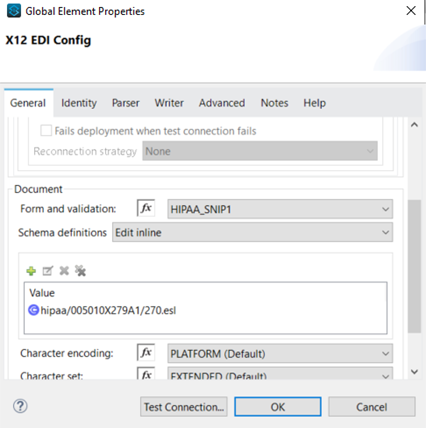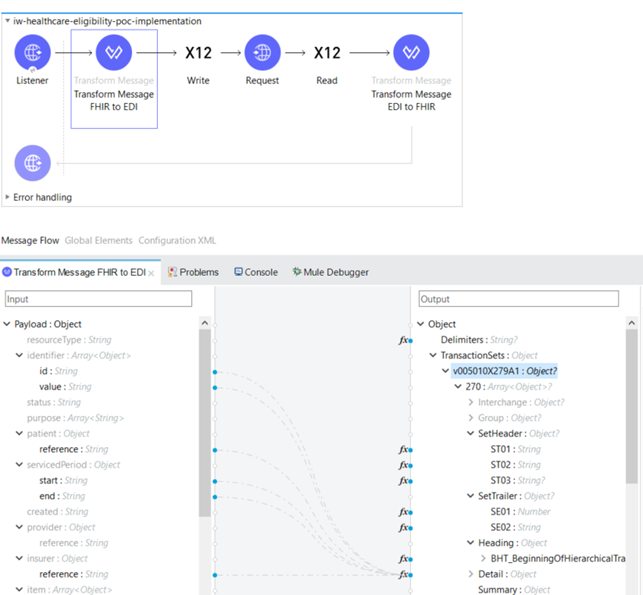In our previous post, ‘Using digital solutions to enhance healthcare – Microsoft Health Bot’, we have described a solution that automates parts of the processes in a healthcare organization like adding a new patient, updating information about an existing patient using the hospital system, and the importance of having a chatbot in this period. In the following blog post, we are going to talk more about extending the chatbot and integrating it with external systems.
A lot of medical institutions, hospitals, healthcare systems, and insurers use different formats of medical records like FHIR, EDI, HL7 messages. When there are different formats of data, the exchange of data between healthcare providers and insurance companies is difficult. One way to solve this challenge is by using MuleSoft. Therefore, we extended our solution and implemented MuleSoft to enable seamless data exchange across different systems via different formats. This extension improves patient care and supports care providers and growing demands.
About the solution
The provided solution assists in achieving the widely accepted and readily implemented consensus-based standards that enable and support widespread interoperability among healthcare information technology. It includes APIs for data transformation between different formats like FHIR to EDI and vice versa. This enables the chatbot to be integrated with all different healthcare standards and even with custom formats.
Transforming FHIR Coverage Eligibility Request to EDI 270 Request and EDI 271 Response to FHIR Eligibility Response using Mule 4 X12 EDI Connector.

The X12 EDI Connector provides a mechanism to read, write, and validate EDI documents, and the X12 Module supports the HIPAA (Health Insurance Portability and Accountability Act) standards based on X12 version 005010.
Once the X12 module was added to the initial solution, the required configurations were completed by providing the corresponding 270.esl and 271.esl (EDI Schema Language) schema accordingly.

Following is a simple process flow that will be invoked via the healthcare bot that sends the Coverage Eligibility Request and receives the Coverage Eligibility Response.

As we have mentioned above, the X12 module provides several operations, in our case, we are using the read and write operation. The Read operation consumes EDI X12 data format and converts it into a standard Java data model which can easily be consumed by transformation components such as DataWeave and the write operation is used to write an outgoing message.
Thus, the complete solution that companies in the healthcare industry can leverage provides fast and reliable information to patients about their inquiries, easy appointment scheduling, security and safety, and seamless data transfer between the chatbot and external systems regardless of the data format.
Conclusion
To sum up, COVID-19 has brought unprecedented challenges across all industries, but its impact on healthcare is probably the highest. The need to share information digitally is essential in our new reality, which highlights the need for companies and healthcare providers to go digital and enable seamless exchange of data. In addition to this, the restrictive access to healthcare makes the need for timely access to care extremely important.
Our solution which is composed of using Microsoft HealthBot and MuleSoft resolves these problems and provides the possibility for companies, hospitals, and healthcare providers to seamlessly exchange data across different systems via different formats. Furthermore, the API-led connectivity integration approach exposes the solution to the cloud as API and can be reused across projects, eliminating the re-work often associated with the point-to-point association.
If you want to check how the solution works, contact us.

